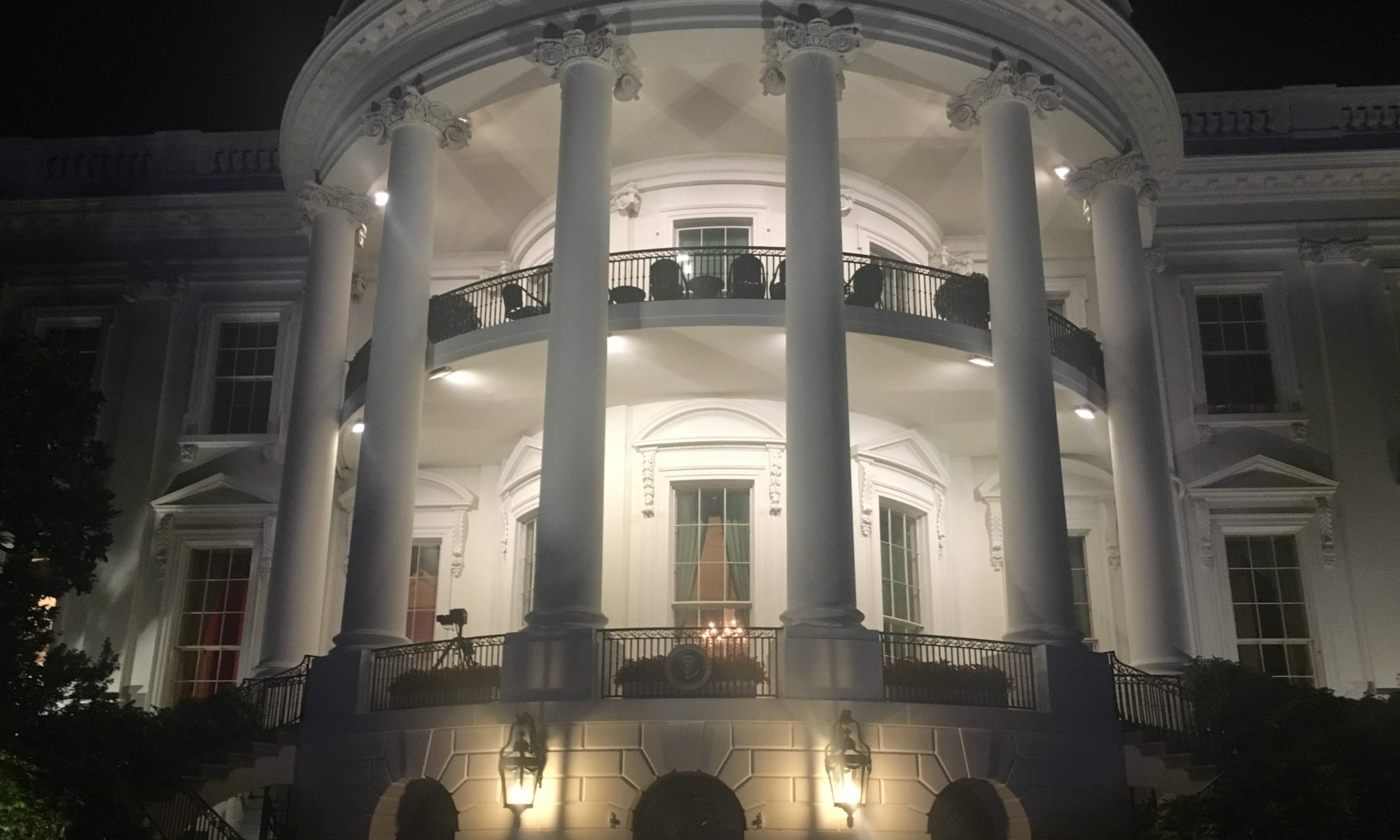May 28, 2019
The news media is replete with stories that read more like game theory, reporting on the competing views of the dangers or rewards of impeaching Trump, with precious little emphasis on the growing list of underlying actions that would justify impeachment. Everything is reported through the lense of risk assessment, although the only risk being assessed is the political one to the Democrats. This framing renders the very real harm actual Americans are suffering due to this administration’s actions virtually invisible. It ignores the ongoing damage that having a President who obstructs justice on a daily basis and refuses to recognize Congress as a co-equal branch of government does to our Constitutional system of government. It ignores the political damage that such reporting inflicts on Democrats, by depicting them as hapless and timid in the face of lawlessness.
The press focuses narrowly on process questions and the Democratic Caucus’ ambivalence, to the exclusion of substantive reporting on any actual legislative agenda. The general public could be forgiven for having no idea that the Democratic House majority has passed bills addressing such major issues as voting rights, climate change and the gender pay gap, (Source: “Trump’s narrative is nonsense. So why is the media buying it?” by Catherine Rampell, The Washington Post, 5/27/19). Journalists’ obsession with the “Democrats in disarray” narrative misinforms the public and normalizes the spread of increasingly lawless and authoritarian behavior.
Two recent examples from The New York Times illustrate this point. Last week, the Times published an article about former White House Communications Director Hope Hicks, describing her deliberation over whether to respond to a Congressional subpoena. The very first sentence characterized Hicks’ thought process as an “existential question,” as if subpoenas were garden party invitations that one might politely decline. The article was paired with a glam shot of Ms. Hicks that belonged in the Style section. There was no mention of the fact that the penalty for failure to comply with a subpoena is a contempt citation anywhere in the 21 paragraph story. Instead the article paints the fear of incurring the wrath of a peevish and thin-skinned autocrat as the only consequence worth considering, (Source: “Hope Hicks Left the White House. Now She Must Decide Whether to Talk to Congress,” by Maggie Haberman, The New York Times, 5/23/19).
Then, on Saturday, The New York Times published a compendium of the insults that Trump has heaped on the Democratic presidential candidates, complete with an accompanying handy graphic, (Source: “The Insults Trump Has Hurled at 2020 Democrats,” by K.K. Rebecca Lai and Karen Yourish, The New York Times, 5/26/19). The list was presented with no analysis or context, making it little more than an amplification of Trump’s noxious message.
Although those two articles reflect negatively on the editorial judgment of The New York Times, the most alarming “media” decision of the last week belongs to Facebook, who refused to take down a video of Nancy Pelosi that had been altered to make her appear drunk, on the theory that “users should make up their own minds.” The altered video has been viewed 2.6 million times, (Source: “Facebook defends decision to leave up fake Pelosi video and says users should make up their own minds,” by Alex Horton, The Washington Post, 5/25/19).
The unsettling reality is that we live in a media environment where too many of those making decisions about what is newsworthy are motivated above all by their desire for profit and access. They are heedless of the fact that their framing has the pernicious effect of normalizing galloping authoritarianism and demoralizing those of us who resist it. They are confident that they are insulated from the consequences of escalating lawlessness, but they are like the people who misinterpret the eerie calm before a tsunami, unaware that the wave will drown us all.
